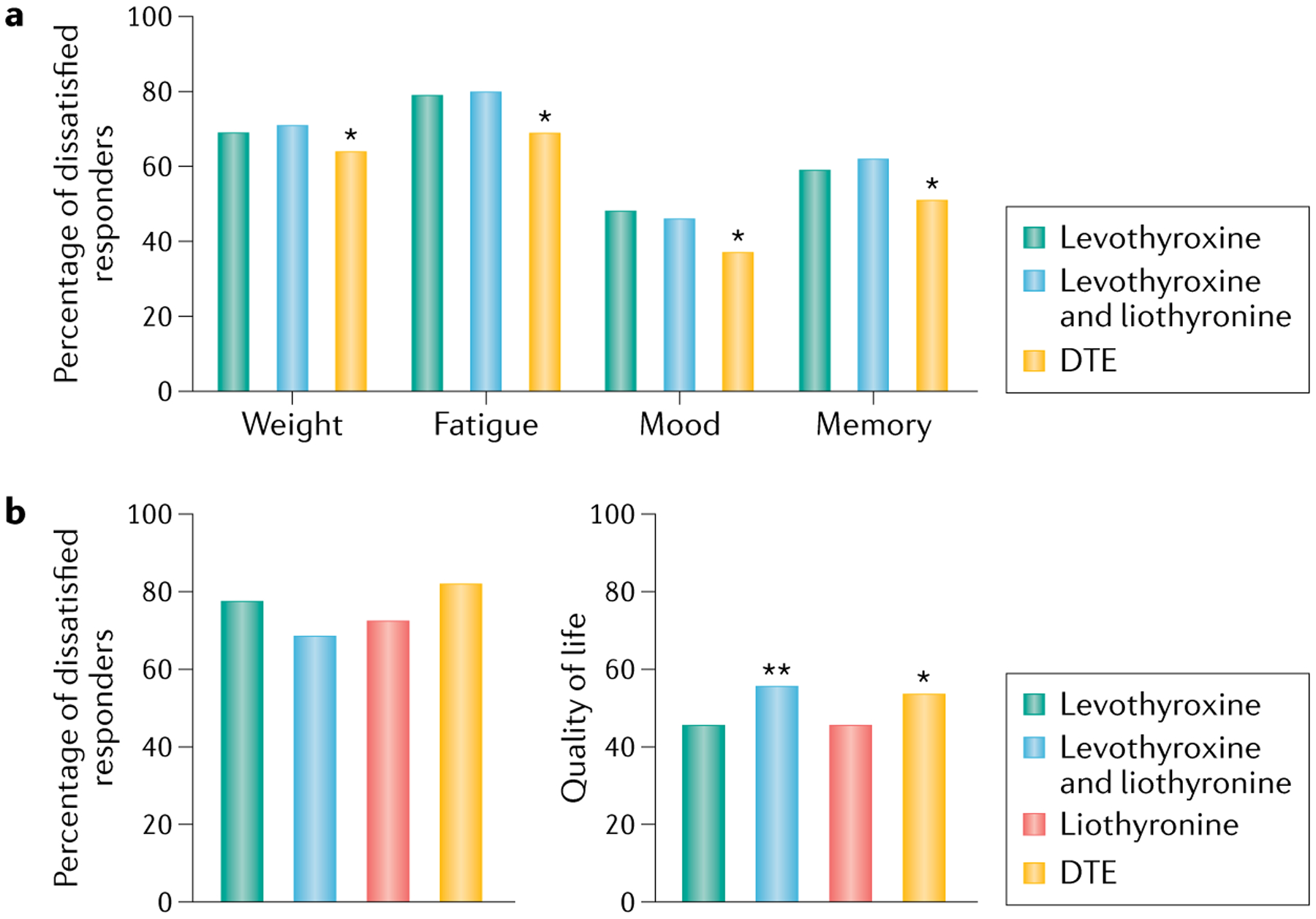Fig. 2 |. Proportion of dissatisfaction expressed by patients with self-reported hypothyroidism by type of treatment for hypothyroidism.

a | Percentage of dissatisfied responders across four categories: weight, fatigue, mood and memory. Responders received one of three treatments: levothyroxine (n = 6,949); levothyroxine and liothyronine combination therapy (n = 978) or desiccated thyroid extract (DTE) (n = 3,239). An asterisk denotes that the values for DTE were statistically significantly different (P < 0.05) to other treatments. b | Percentage of dissatisfied responders (left) receiving either levothyroxine (n = 677), levothyroxine and liothyronine combination therapy (n = 124), liothyronine (n = 45) or DTE (n = 123). Quality of life (QOL) scores (right) for the same patient groups. A score of 100 represents the best possible QOL while a score of 0 represents the worst. Asterisks denote statistically significant differences between levothyroxine compared with levothyroxine and liothyronine combination (**P = 0.001), and levothyroxine compared with DTE (*P = 0.010). These graphs show that the differences between different treatments are minor and that a substantial proportion of patients are dissatisfied and have a suboptimal QOL regardless of type of treatment, which suggests that combination treatment with levothyroxine and liothyronine or DTE often fails to restore health-related QOL. Panel a is derived from data from Peterson et al.57; panel b is derived from data from Mitchell et al.8.
